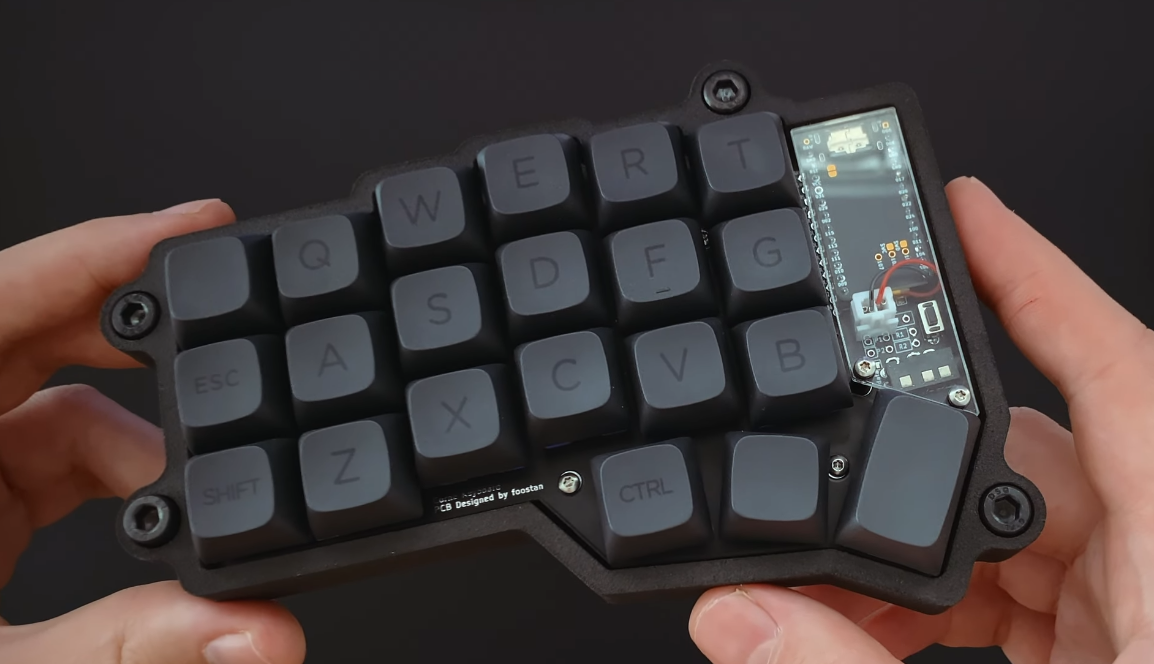See https://lemmy.world/comment/9404186 for a Solution. Spoiler: switching from NVIDIA to an AMD GPU fixed the issue.
mobergmann
I also had problems with NVIDIA and I made the tough decision to buy a new Graphics card. After switching to an AMD GPU, the Audio issues were also gone... Don't ask me why, I'm just happy, that I have a working setup now.
Like you, I also planned to use containers for most everything, but… I eventually decided not to.
What was your reasoning for not using containers?
Firstly, I don’t think Docker is intended to be used as a security layer. I could be wrong, but I think it’s relatively easy to escape the sandbox. Although that might be different nowadays.
You are probably right. It's just something I tell myself to sleep well at night.
Anyway, I recently switched from Debian to NixOS for my server and it’s so much nicer. Being able to use a single language for configuring everything all in one place is so nice. If I want to try something new, I can just throw maybe 30 lines in a config and it’s there. If I don’t like it, then I can remove that config and it’s gone. Most services you’d want to run on a server are available in the package manager, and many have rather sensible defaults.
So you are installing your services/programs on your system and not inside a container, which you declare in your config?
Sadly, using WebCord or WebCord doesn't fix the issue for me :( My sound is still deadlocked somehow.
Sadly, using WebCord or WebCord doesn't fix the issue for me :( My sound is still deadlocked somehow.
I already knew the video and I am considering giving it a try. I wanted the E-Reader to be also able to display PDF files, which is easier to implement with linux as a basis, I thought.
I thought about setting the CM4 to sleep when no input was done for ~10min and just hoped, that that would reduce the power consumption enough to last at least 1 week or up to 1 month when used for 1h a day. But it was just a thought. I have not settled to an approach yet.
I am running Ubuntu server and I am... satisfied with it. It does what it should, no problems, nothing to worry about, stable AF (as any mature distro?). But lately I am thinking about switching to fedora server (I need to reset my system one way or another, because my space on the hard drive for the system ran out of space (it was a small drive)). I am using fedora on my work machine and I really like it, so I thought I could give fedora on my server a try.
The is the messenger matrix from the German blog Kukitz-Blog (it is a blog with a strong focus on privacy and is in my opinion well informed). But no worries, the matrix is also available in English.
Maybe you can take some inspiration from the matrix.
Thank you very much. This helps a lot!


I just tried it. When using it (in a bright environment, had no dark environment/ night at my hands) the time to take the image felt like 1s max. So not that much longer. Also I would like to control the exposure time...